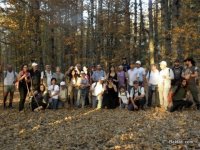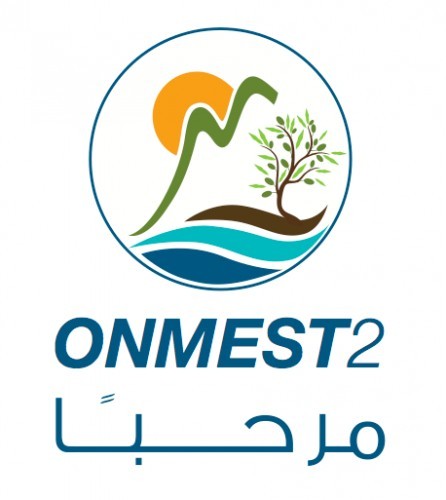
Ammou3a Forest
Qammoua forest, much of which is a nature reserve. Located at the extreme end of the Mount Lebanon range in the Akkar area, Qamouaa is considered an important tourist centre. The surrounding heights rise to 2,454 meters and there are forests that are remarkable because of the abundance of such trees as junipers, hairy oaks, cypresses, cedars and Cilician firs. Judging by the cedars to be found there, geologists say that these historic forests are at least a thousand years old. The plains of Qamoua lie at 1,450 metres altitude in a sort of depression between the mountains.
Qammoua is the most important forest region of Lebanon. It covers 30 kilometers by 25, from the valley of Wadi Gehanam to the sources of Kobbayat, and from the source of Fnaydik to that of the Nassarahs of Koubayat. This forest has more than 10 million trees of fifty different species, the most important of these including the junipers, cedars, and Cilician firs.
The forest has suffered considerable damage throughout its history, first of all at the hands of the British, who cut down a great number of the trees in order to use their trunks as sleepers under the railway linking Lebanon’s North and South.
Specialists, including ecologists, who have visited it insist that the forest of hairy oaks is to be counted among the most beautiful forests in the world. It stands at an altitude of 1,600 metres and is considered unique in its charm as an ecological and tourist centre. It is named after the more than 4,000 hairy oaks that grow among a carpet of sweet marjolam and some 100 other varieties of wild flower. This particular tree is of outstanding interest, for a square kilometre of hairy oak forest gives off 600 tons of oxygen per year and absorbs more than 700 tons of carbon dioxide gas.this now bustling town was, some 90 years ago, a silk-rich community of only a few thousand people. Two vestiges of these days still exist: the abandoned silk reeling factory and the mansion of the Daher family. This beautiful home has an ornate portal with relief carvings of stylized lions which were borrowed from a Mamluke monument in the region, probably Akkar al-Atiqa. Near the silk mill is an Italian style church and school dedicated to St. George. Several kilometers outside the town is a recently reconstructed old church that was built from Roman temple elements.
If we still have time we will visit Saint Shallita Church in the town.






 Rita Kalindjian - baldati
Rita Kalindjian - baldati
